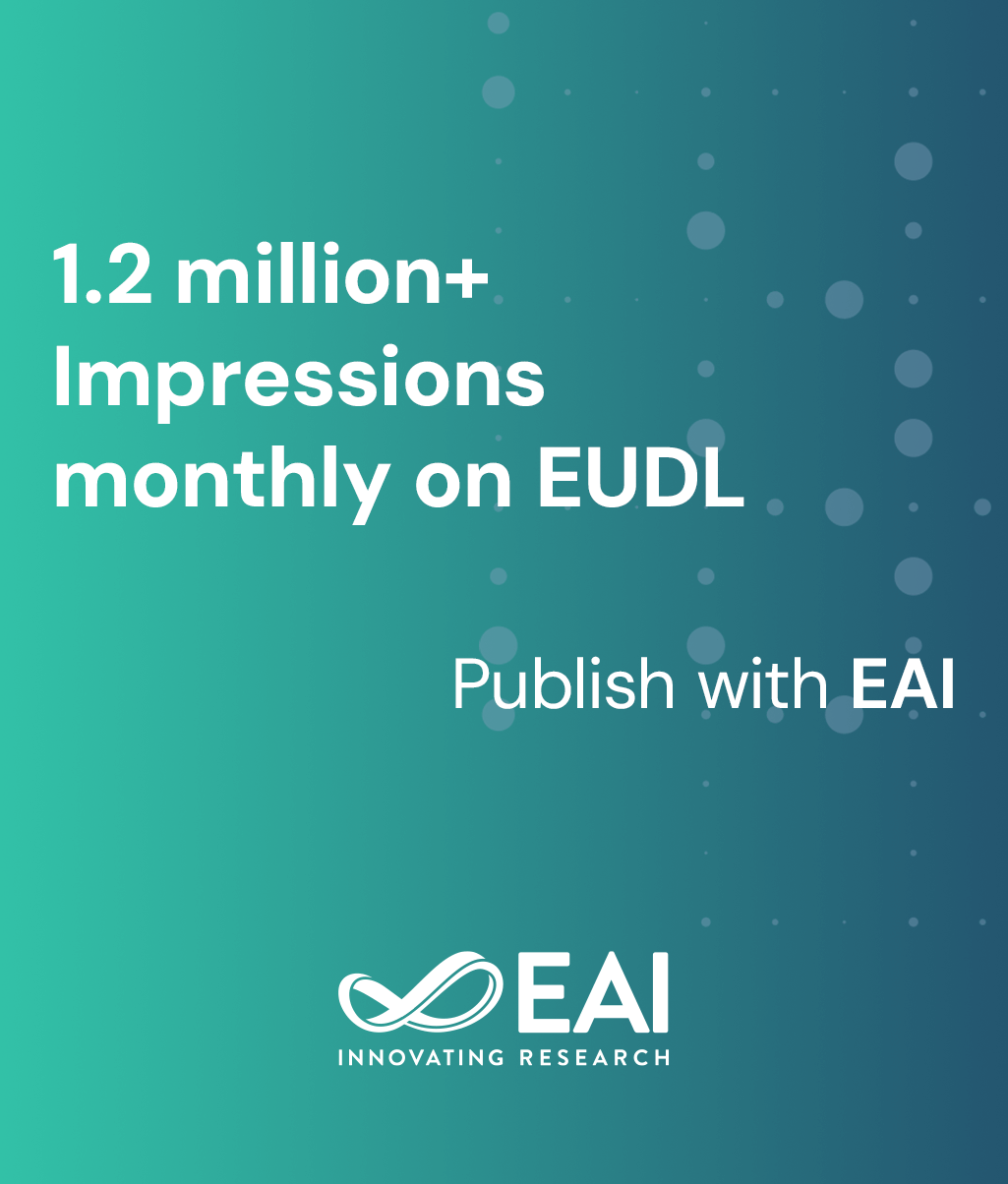
Research Article
Fortifying Patient Data Security in the Digital Era: A Two-Layer Approach with Data Hiding and Electrocardiogram
@ARTICLE{10.4108/eetsis.5644, author={Praveen Gupta and Ajay Prasad}, title={Fortifying Patient Data Security in the Digital Era: A Two-Layer Approach with Data Hiding and Electrocardiogram}, journal={EAI Endorsed Transactions on Scalable Information Systems}, volume={12}, number={1}, publisher={EAI}, journal_a={SIS}, year={2025}, month={4}, keywords={ECG, data embedding, RDH, PSNR}, doi={10.4108/eetsis.5644} }- Praveen Gupta
Ajay Prasad
Year: 2025
Fortifying Patient Data Security in the Digital Era: A Two-Layer Approach with Data Hiding and Electrocardiogram
SIS
EAI
DOI: 10.4108/eetsis.5644
Abstract
In an era dominated by digital technology, the imperative of securing patient data cannot be overstated. The deployment of advanced protective measures, including encryption, firewalls, and robust authentication protocols, is an absolute necessity when it comes to preserving the confidentiality and integrity of sensitive patient information. Furthermore, the establishment of stringent access controls serves as a fundamental safeguard, ensuring that only authorized personnel are granted access to this invaluable data. An innovative development in the realm of patient data protection is the utilization of ElectroCardioGram (ECG) as a unique identifier for individuals. In the context of this study, ECG data is ingeniously embedded within cover images using a technique known as Reversible Data Hiding (RDH). RDH offers a distinctive advantage by ensuring that the original image can be fully restored without loss of data after extraction. This achievement is made possible through the application of inventive pixel interpolation and histogram shifting algorithms. Crucially, the study's simulations, conducted across a diverse array of images, underscore the enhanced embedding capacity of the RDH technique while maintaining a commendable balance in terms of the Peak Signal to Noise Ratio (PSNR) and boundary map. This empirical evidence corroborates the efficacy of the approach and its potential to provide an advanced level of security for patient data in the digital landscape.
Copyright © 2024 Gupta et al., licensed to EAI. This is an open access article distributed under the terms of the CC BY-NC-SA 4.0, which permits copying, redistributing, remixing, transformation, and building upon the material in any medium so long as the original work is properly cited.


